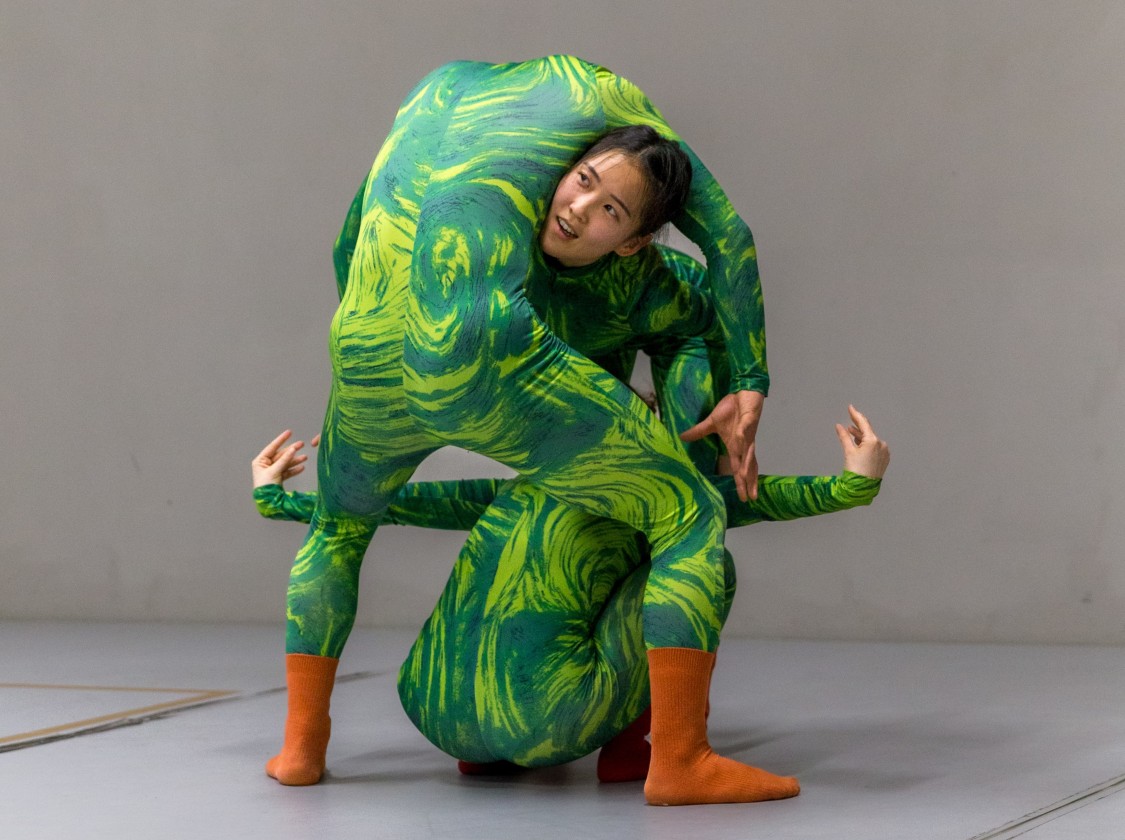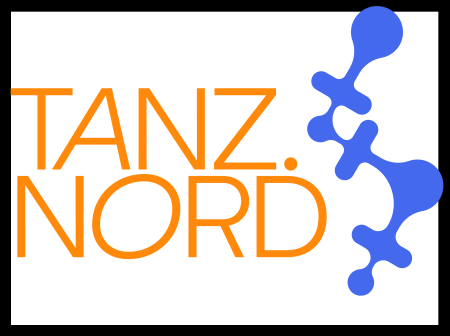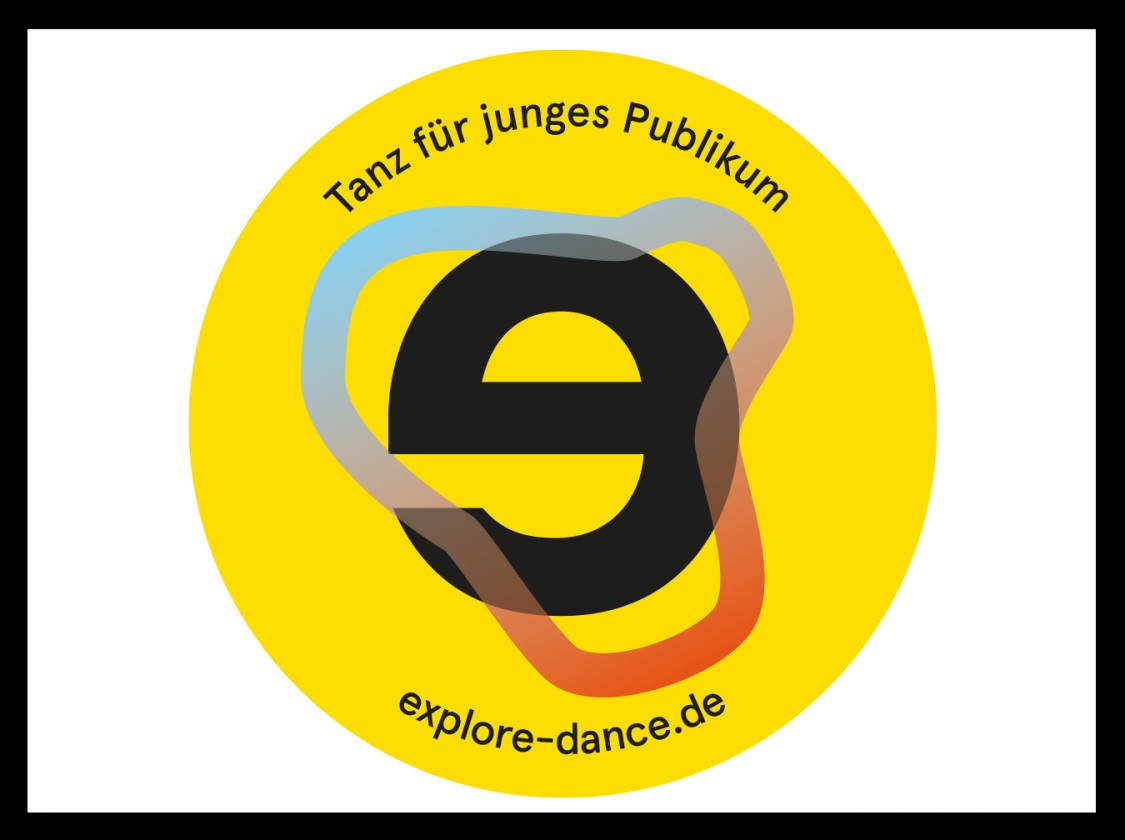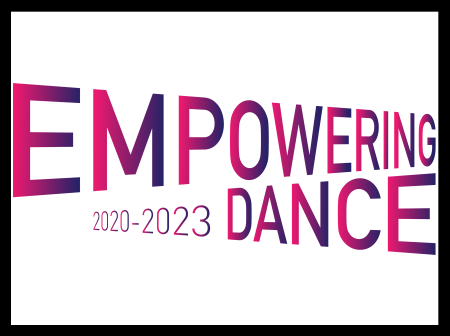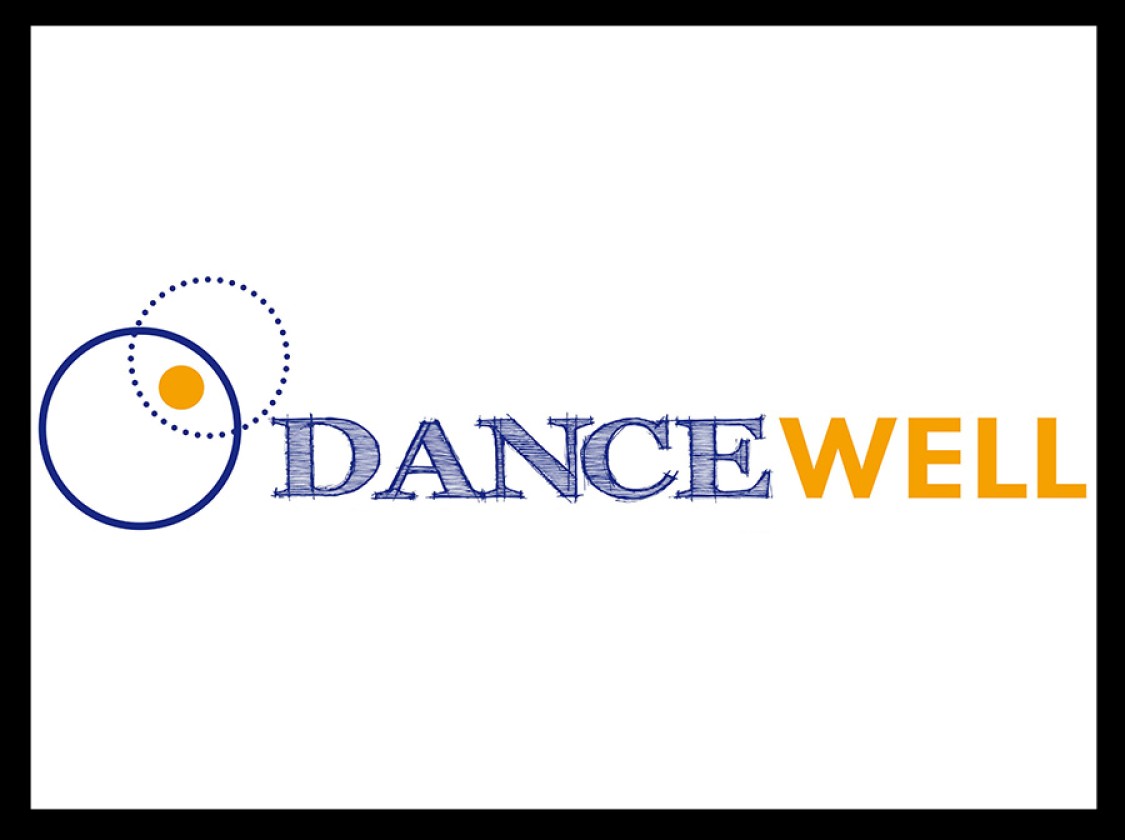Subscribe to
newsletter
newsletter
Calendar
SEP2025
- 15MoProfessional TrainingAntoni AndroulakisFLUXNESS10:30 - 12:00Workshop | CourseAzad Ümit Yesilmen | Fernanda Ortiz | Sahra Bazyar-Planke | Teresa Hoffmann | Venetsiana KalampalikiDANCE CLUB: DANCE WELL17:00 - 18:30Workshop | CourseGitta BarthelDANCING CLUB MIT UND OHNECourse 1 9:30 a.m. - 11:00 a.m. | Course 2 11:15 a.m. - 12:45 p.m. fully bookedProjectsRotem WeissmanPRISMA (5+)in Hamburg school
- 16Tu
- 17We
- 18Th
- 19Fr
20Sa
21Su
- 22MoProfessional TrainingAnand DhanakotiRESILIENT FLOW10:30 - 12:00Workshop | CourseAzad Ümit Yesilmen | Fernanda Ortiz | Sahra Bazyar-Planke | Teresa Hoffmann | Venetsiana KalampalikiDANCE CLUB: DANCE WELL17:00 - 18:30ProjectsDISCOVER CONTEMPORARY DANCE19:00 - 20:30Workshop | CourseGitta BarthelDANCING CLUB MIT UND OHNECourse 1 9:30 a.m. - 11:00 a.m. | Course 2 11:15 a.m. - 12:45 p.m. fully booked
- 23Tu
- 24We
- 25Th
26Fr
- 27Sa
28Su
- 29MoProfessional TrainingDiego de la RosaDRAMATURGICAL BODY10:30 - 12:00Workshop | CourseAzad Ümit Yesilmen | Fernanda Ortiz | Sahra Bazyar-Planke | Teresa Hoffmann | Venetsiana KalampalikiDANCE CLUB: DANCE WELL17:00 - 18:30ProjectsDISCOVER CONTEMPORARY DANCE19:00 - 20:30Workshop | CourseGitta BarthelDANCING CLUB MIT UND OHNECourse 1 9:30 a.m. - 11:00 a.m. | Course 2 11:15 a.m. - 12:45 p.m. fully booked
- 30Tu
OCT2025
- 01We
- 02Th
03Fr
04Sa
05Su
- 06MoProfessional TrainingYosuke KusanoBALLET FOR CONTEMPORARY DANCERS10:30 - 12:00Workshop | CourseAzad Ümit Yesilmen | Fernanda Ortiz | Sahra Bazyar-Planke | Teresa Hoffmann | Venetsiana KalampalikiDANCE CLUB: DANCE WELL17:00 - 18:30ProjectsDISCOVER CONTEMPORARY DANCE19:00 - 20:30Workshop | CourseGitta BarthelDANCING CLUB MIT UND OHNECourse 1 9:30 a.m. - 11:00 a.m. | Course 2 11:15 a.m. - 12:45 p.m. fully booked
- 07Tu
- 08We
- 09Th
10Fr
- 11Sa
- 12Su
- 13MoProfessional TrainingJulian GoldsteinINSPIRED BY FIGHTING MONKEY10:30 - 12:00Workshop | CourseAzad Ümit Yesilmen | Fernanda Ortiz | Sahra Bazyar-Planke | Teresa Hoffmann | Venetsiana KalampalikiDANCE CLUB: DANCE WELL17:00 - 18:30ProjectsDISCOVER CONTEMPORARY DANCE19:00 - 20:30Workshop | CourseGitta BarthelDANCING CLUB MIT UND OHNECourse 1 9:30 a.m. - 11:00 a.m. | Course 2 11:15 a.m. - 12:45 p.m. fully booked
- 14Tu
- 15We
- 16Th
17Fr
- 18Sa
19Su
- 20Mo
- 21Tu
- 22We
- 23Th
24Fr
- 25Sa
26Su
- 27Mo
- 28Tu
- 29We
- 30Th
31Fr
NOV2025
01Sa
02Su
- 03Mo
- 04Tu
05We
06Th
07Fr
08Sa
09Su
- 10Mo
- 11Tu
12We
13Th
14Fr
15Sa
16Su
- 17Mo
- 18Tu
- 19We
- 20Th
- 21Fr
22Sa
23Su
- 24Mo
25Tu
26We
27Th
28Fr
29Sa
30Su
DEC2025
- 01Mo
02Tu
03We
04Th
05Fr
06Sa
07Su
- 08Mo
09Tu
10We
11Th
12Fr
13Sa
14Su
15Mo
16Tu
17We
18Th
19Fr
20Sa
21Su
22Mo
23Tu
24We
25Th
26Fr
27Sa
28Su
29Mo
30Tu
31We
JAN2026
01Th
02Fr
03Sa
04Su
05Mo
06Tu
07We
08Th
09Fr
10Sa
11Su
12Mo
13Tu
14We
15Th
16Fr
17Sa
18Su
19Mo
20Tu
21We
22Th
23Fr
24Sa
25Su
26Mo
27Tu
28We
29Th
30Fr
31Sa
FEB2026
01Su
02Mo
03Tu
04We
05Th
06Fr
07Sa
08Su
09Mo
10Tu
11We
12Th
13Fr
14Sa
15Su
16Mo
17Tu
18We
19Th
20Fr
21Sa
22Su
23Mo
24Tu
25We
26Th
27Fr
28Sa
MAR2026
01Su
02Mo
03Tu
04We
05Th
06Fr
07Sa
08Su
09Mo
10Tu
11We
12Th
13Fr
14Sa
